More than 20% money off, share this link you will get a chance to have a 99% money off code. The more people your shared, the more chance you will get. check the link below
https://www.amazon.com/dp/B01M724OX6
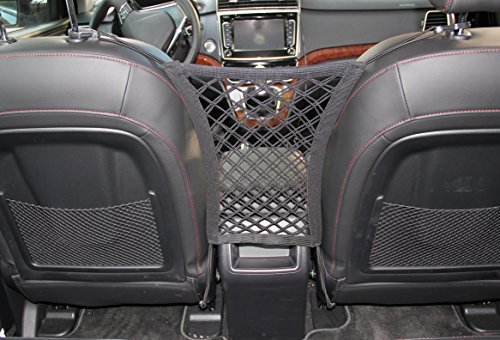
More than 20% money off, share this link you will get a chance to have a 99% money off code. The more people your shared, the more chance you will get. check the link below
https://www.amazon.com/dp/B01M724OX6

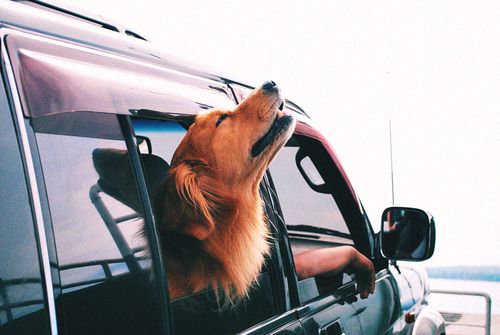
Summer is near, and many pet parents want their four-legged friends to join in on the family fun as they travel for the Thanksgiving and winter holidays. While car travel can be stressful for both you and your pet, a safe and comfortable road trip can be enjoyed by all with some preparation.
Tips to experience a successful trip:
The last thing you want is a sick pet as your travel companion. Schedule a medical check-up with your vet to ensure your furry friend is up-to-date on all vaccinations. A healthy pet equals a healthy start to your road trip.
Before hitting the road, take a trial run to see how your pet reacts. Does he get anxious or car sick? Those are behaviors that should be addressed prior to the big trip.
Invest in a pet restraint. Each year, more than 30,000 vehicle accidents are caused by unrestrained pets in the front seat. Allowing your feline friend to prowl freely or your canine companion to sit in your lap is not only a distraction to you, but it is dangerous to your pet in the event of an accident. Have a pet barrier, pet seat belt or travel crate ready for your road trip and take time before the trip to familiarize your pet with the restraint.
Most dogs enjoy sticking their heads outside the car window, but doing so can cause ear damage and risk of lung infection. They can also be hit by flying road debris. Always keep heads and paws inside the vehicle.
On the day of departure, feed your pet a light meal 3-4 hours prior to travel time. Don’t feed him in a moving vehicle, no matter how long the ride, as this may cause upset stomach and potty accidents.
When packing a bag for your pet, include an ample supply of pet food, favorite toys, collar and leash, bedding, litter box and litter, any necessary medication, and any other items that will make your pet feel at home.
Make frequent pit stops, ideally every 2-3 hours, for a potty break and a bit of exercise. Don’t forget to bring doggy bags to pick up after your pooch! If you’re traveling with your favorite feline, you may opt to place a small litter box somewhere within your vehicle.
During your pit stops, provide your faithful friend with some fresh water. Take along a small cooler with ice cubes, which are easier on your canine companion’s tummy than large amounts of water.
Finally, NEVER leave Fido or Fluffy unattended in a parked vehicle. While you may not have the worry of excessive heat during the winter months, accidents can happen if your pet is left alone. He may get stressed and scared, chew on things that aren’t meant for chewing, and, keep in mind, an animal left alone in a vehicle is an invitation for pet thieves.
Storing your cat or dog’s food in an uncontrolled environment – such as a garage or outdoors – is not recommended.
Should I use a plastic storage container for my cat or dog’s food?
Many cat and dog owners like to transfer their cat or dog’s dry food from the bag to another container. Studies by Hill’s® packaging engineers have shown that storage in a variety of plastic containers (garbage cans, zip-to-close bags, garbage or, kitchen bags, rubber/plastic containers, plastic pails, etc.) may impart an odor and taste to dry pet foods that adversely effects the taste of the food. Zip-to-close bags, garbage and similar bags will also not prevent fat from accumulating on the outside of the bag. Storage in clean metal containers (small metal tins, metal garbage cans, etc.) is acceptable. If you do prefer using a storage container, keep the food in the original bag within the container to create an ideal storage location.
Opened cans of cat or dog food should be stored in the fridge to retain moisture, minimize exposure to air and reduce transfer of odors to other food. The best way to store opened cans of cat or dog food is to use a plastic pet food lid that fits the top of the can to prevent moisture loss and transfer of odors. If a plastic lid is not available, plastic wrap also provides a very good moisture, air and odor barrier. Zip-to-close bags provide good moisture barriers but do not provide good oxygen and odor barriers.
Sometimes my pet doesn’t eat everything. How long is my cat or dog’s dry food good once it’s in the bowl? How long are the cans good once opened?
How can I tell if an unopened can or bag of cat or dog food is still good?
For dry cat and dog food
For canned cat and dog food
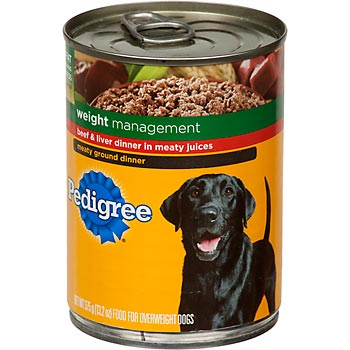
It is no surprise that our four legged friends love snow days as much as we do. It is magical to watch a puppy run through snow for the first time but we want to give you some tips on keeping them safe during these cold, snowy days:
Enjoy the snow with your furry best friend- stay safe and warm!
How to Drive Safely With Your Dog
Harnesses, Barriers can protect your pets from injury
There are plenty of ways to travel safely with your dog
Seeing a dog sitting on a driver’s lap or sticking its head out a car window is pretty common when you’re driving down the street.
But while it looks like the dog is having fun, it is incredibly unsafe for both the owner and the dog.
Research from the pet safety advocacy group Bark Buckle UP found that at a speed of only 35 mph, a 60-pound dog that crashes into the windshield, the front seat or another passenger can have an impact equivalent to a 2,700-pound object.
“There are instances of small dogs and cats jumping into the floor well and getting caught behind the brake, preventing the driver from stopping the car,” says Lori Teller, a veterinarian with Meyerland Animal Clinic in Houston. “It is also very unsafe to travel with a pet sitting in the driver’s lap. For one thing, this can be a distraction to the driver. But should there be an accident, the dog will probably be crushed between the driver and the airbag or steering wheel.”
Teller says there are plenty of ways to travel safely with your dog, depending on the size of the dog and the type of vehicle. Small dogs and cats should travel in a carrier. When using a crate or carrier, it is important to make sure that the crate cannot fall over or slide around, potentially injuring the dog during sudden stops or turns.
People with larger vehicles, such as SUVs or minivans, have a couple of choices. Most of these vehicles have tie-downs, which can be used to secure the dog’s crate. Alternatively, dogs could travel in the back of the vehicle, and a pet barrier can be installed. Pet barriers are available in multiple sizes, and some vehicle manufacturers offer barriers as an add-on feature.
Teller says to pay special attention to safety harnesses. Most harnesses are not strong enough to withstand the force of an accident. “Some harnesses won’t prevent a dog from rotating into an abnormal position or keep it from falling off the seat, and the dog ends up twisted in the harness.”
Teller recommends the Sleepypod Clickit Utility harness, which has met safety requirements similar to the tests conducted on infant car seats.
If your dog is a large breed and you have a large vehicle, use the cargo area instead of the backseat. Also, keep your dog inside the vehicle. Dogs who ride “head out the window” style at moderate to high speeds can get dirt and debris in their eyes, ears and nose, Teller says.
Phoenix dog owner and pet sitter Marian Lindholtz has two vehicles that require separate restraints. The back cargo area of her 2010 Honda Element is well-suited for a medium-to-large dog. “The Element can accommodate big dogs as well as crates, and it’s super easy to configure as needed,” Lindholtz says. “It has no carpeting, which makes it super easy to clean.”
For smaller dogs like her Chihuahua, Lindholtz uses a doggie car seat in her 2014 Honda Fit.
The foam-padded seat, which you can buy at most pet stores, attaches to a vehicle’s seat belt and comes with a containment strap to connect to your pet’s harness. The car seat is also elevated so that pets can look out the window.
Having an air-conditioned car is important, as dogs can easily suffer heatstroke. In Arizona, where Lindholtz lives, temperatures can top 100 degrees. “We never drive them anywhere if the AC doesn’t work,” she says.
When you get to your destination, always leash your dogs before letting them out of the car. Grab a firm hold of the leash when the cargo door opens. Unharnessed dogs could easily run away if overly excited and get lost in an unfamiliar place.
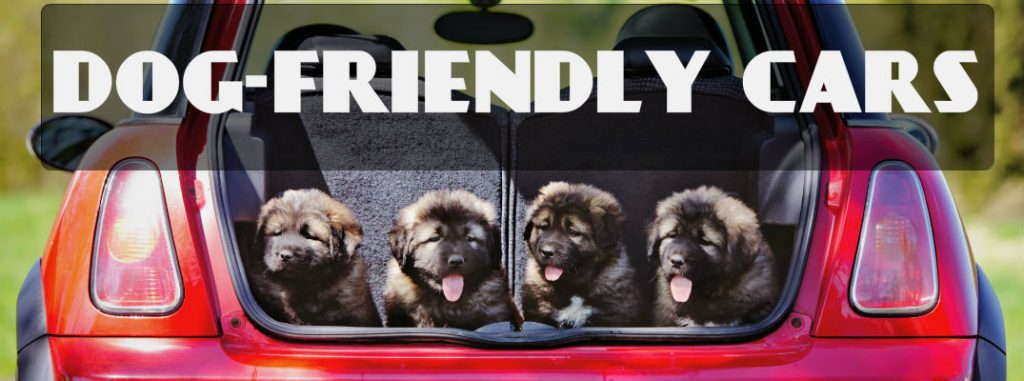
Dog-Friendly Cars
Suitable car models will bring your dog more happy when traveling with them, Space is not the only thing, following the instruction below to find a more suitable cars for your dogs.
If you have multiple dogs:
15 Winter Care Tips For Your Dog
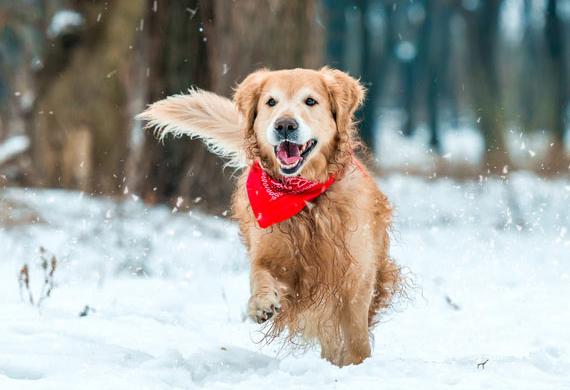
Does your dog love the winter or would she rather cuddle up on the couch under a cozy blanket? Either way, you should be prepared to protect her when she ventures out into the elements. Winter care tips for your dog are important to keep her safe this season.
Many dog owners live with the misconception that because their pets have a coat of fur, they can tolerate the cold better than humans. This isn’t necessarily the case. Like us, these fur-coated creatures are used to the warmth of indoor shelter and cold weather can be as hard on them as it is on us humans. Whatever your viewpoint on winter, one thing remains certain: it’s a time when our beloved pets need a little extra care.
We have 15 winter care tips to keep in mind as you explore the winter landscape with your faithful four-legged friend.
First … let’s talk about two serious cold weather conditions that you should take care to prevent.
Frostbite begins when the dog’s body gets cold. The body automatically pulls blood from the extremities to the center of the body to stay warm. The dog’s ears, paws or tail can get so cold that ice crystals can form in the tissue and damage it. The tricky thing to remember about frostbite is that it’s not immediately obvious. Watch for signs of pale or grey skin; the skin may also turn hard and cold. As frostbitten areas warm, they can be extremely painful. Severely frostbitten skin will eventually turn black and slough off.
A second serious winter weather concern is hypothermia. This occurs when a dog spends too much time in the cold, gets wet in cold temperatures or when dogs with poor health or circulation are exposed to cold. In mild cases, the dog will shiver and her ears and feet may grow cold. As hypothermia progresses, she may show signs of depression, lethargy and weakness. As the condition worsens, her muscles will stiffen, her heart and breathing rates slow down, and she will not respond to stimuli. Severe hypothermia is life threatening.
Protecting your dog from frostbite and hypothermia is essential, so learn how to recognize the signs that your dog needs to come indoors to warm up.
If it’s too cold for you to stand at the door without your coat, it’s probably too cold for your dog too, so pay attention to her behavior while she’s outdoors.
If you notice your dog whining, shivering or appearing anxious, or she stops playing and seems to be looking for places to burrow, then it’s time to bring her in.
Some dog breeds are blessed with thick fur that keeps them warm naturally, even in very cold temperatures, but dogs with thin coats may need to wear a sweater or coat when out for winter walks. A good coat should reach from the neck to the base of the tail and also protect the belly. But remember that coats will not prevent frostbite on the ears, feet or tail … so even with a cozy coat, don’t keep your short haired dog out too long in freezing temperatures.
If your dog feels the cold, try to walk her in the late morning or early afternoon hours when temperatures are a little warmer, and avoid early morning or late evening walks. Spend time playing outdoors while it’s sunny; sunshine brings the added benefit of providing both you and your pet with vitamin D. Play fetch with toys, not sticks, which can cause choking and other injuries. So, if your dog likes to chew and chase, pack a Frisbee, ball or other safe toy and play together in the sun.
Related: Is your dog getting enough sunshine?
Your family pet may love to spend time outdoors but in winter even the furriest dog can get cold. Ears, paws and tails are all susceptible to frostbite. Take your dog out frequently for walks, exercise and play … but when the temperature drops, don’t leave him outdoors for long periods of time. A good rule is to go out with him and when you’re ready to come in, he probably will be too. If he’s outside in your yard by himself, check often to make sure he’s not showing signs of feeling cold.
In addition to limiting your dog’s time outdoors on cold days, don’t let your pooch sleep on a cold floor in winter. Choosing the right bedding is vital to ensure your dog stays warm. Warm blankets can create a snug environment; raised beds can keep your dog off cold tiles or concrete, and heated pet beds can help keep the stiffness out of aging joints. Place your dog’s bed in a warm spot away from drafts, cold tile or uncarpeted floors, preferably in a favorite spot where she sleeps every day so that the area doesn’t feel unfamiliar.
Dogs will often seek heat during cold winter weather by snuggling too close to heating sources. Avoid space heaters and install baseboard radiator covers to avoid your pet getting burned. Fireplaces also pose a major threat so please make sure you have a pet proof system to keep your heat-seeking pal out of harm’s way!
Dry and cold weather can do a number on your pet’s skin. Help prevent dry, flaky skin by adding a skin and coat supplement to her food. Coconut oil is a good natural moisturizer that can help keep your pet’s skin and coat healthy. If you find your pet’s paws, ears or tail are dry or cracking, you can also apply coconut oil topically as needed.
Related: Coconut oil has a ton of other great health benefits too!
Although dogs may need an extra layer in winter, make sure it comes from a coat and not a layer of fat. Cold temperatures may even bring on lazy behavior and the need for fewer calories. Be attentive to your dog’s activity level and adjust her calories accordingly. A high quality, whole foods, preferably raw meat based diet will help ensure a healthy coat and good energy for the cold winter months.
Dogs can dehydrate just as quickly in winter as summer. Although many dogs eat snow, it’s not an adequate substitute for fresh water. If your dog spends time outdoors in your yard, make sure she has access to a water bowl, check it often and break ice that forms on top.
Your dog needs a clean, well-groomed coat to keep her properly insulated. This is especially important if your dog spends a lot of time outdoors. After bathing, dry your dog thoroughly, especially before allowing her outside.
Just as we tend to develop foot cracks in winter, dogs can also suffer from cracked pads. If your dog has furry feet, trim the hair that grows between her pads to prevent ice buildup between the pads. Winter salt on city sidewalks can also burn your dog’s pads and is toxic, so after walks around the neighborhood, rinse or wipe your dog’s paws to remove any salt – you don’t want her licking it off. If your dog shows signs of discomfort when walking outside on frozen or salted surfaces, consider using dog booties to protect her paws.
Snow can be a lot of fun but it can also be dangerous for your dog. Snow piled near fences offers your dog escape routes that even well-trained dogs often can’t resist. When you clear snow in your yard, pile it away from fences to prevent your dog from climbing over. Snow and ice often accumulate on rooftops and if the sun is out or as temperatures rise, this accumulation can slide and injure your dog. If you can’t clear the snow from the roof, keep your dog away from the roof overhang to prevent injury.
Although your dog is likely having a great time outdoors, take frequent indoor breaks for water and warming and don’t ever stay out too long. If you’re walking or playing in unfamiliar areas, keep your dog close. It’s easy for her to venture onto unsafe surfaces such as frozen ponds or lakes. These may be covered in snow and not easily visible.
With winter comes antifreeze. Antifreeze tastes sweet and dogs (as well as some children!) will readily lick or drink it. Antifreeze is extremely toxic and just a small amount can be fatal. Keep your dog out of the garage and off the driveway where she may encounter antifreeze or other harmful chemicals.
Related: Help prevent exposure to antifreeze and protect your dog.
Just as cars can get dangerously hot in summer, freezing cold temperatures are equally dangerous for your dog in winter. Leaving the car running involves additional risks, including carbon monoxide poisoning if the car is parked in a garage. Leave your dog at home when you go out to run errands.
Cold weather will often aggravate existing medical conditions in dogs, particularly arthritis. It’s very important to maintain an exercise regimen with your arthritic dog, but be mindful of slippery surfaces and make sure your dog has a warm soft rest area to recuperate after activity. If you don’t already give your senior dog a natural joint supplement to lubricate the joints and ease the discomfort of arthritis, you may want to consider adding one in winter. Just like people, dogs are more susceptible to other illnesses during winter weather.
Harsh winter weather brings a wide variety of concerns to responsible dog owners. Bitter cold, numbing wetness or biting winds can cause discomfort for that special dog in your life. Paying special attention to your loyal friend’s wellbeing during the winter season will insure that you both enjoy the season to the fullest.
Keep these winter care tips in mind and enjoy everything winter has to offer. And don’t forget that winter cuddles with your canine buddy are a great way for everybody to keep warm!
Dog Car seat cover—Just Say No to Canine Crud
There’s nothing worse than taking your dog on a fun-filled, wilderness adventure, only to realize (after the fact) that your soggy, soiled and smelly pup will ruin your car seats. It only takes one incident like this to convince you that you must invest in a dog car seat cover! Read our reviews of the best car seat covers for dogs so you can save your car and your sanity.
Some dogs will claw, chew and rip through anything they can, including cheaply made dog car seat covers. That’s why the most important features we considered in picking our best car seat covers for dogs were quality, durability and waterproofing. If you’ve ever had a cheap, flimsy cover that soaks your seats, you know what we mean! With that said, we did take pricing into consideration for our budget-conscious readers.
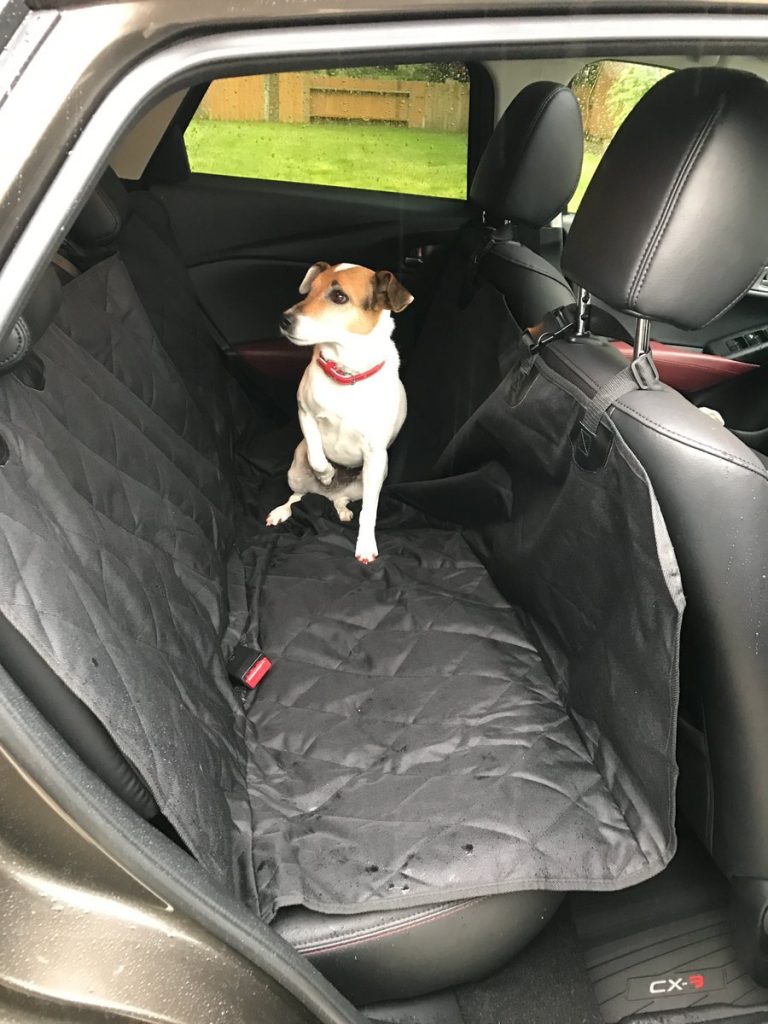
It keeps dogs comfortably positioned in the car while minimizing the frequency of removing dog hairs from the seats and car surfaces. This product comes in two sizes and colors of black, gray and tan. The material used is rated 190 GSM 3 layer construction, which measures the density, quality and weight of the material.
100% waterproof is very important for this seat cover, you can’t imagine what happens when dog pee or kids throw up.
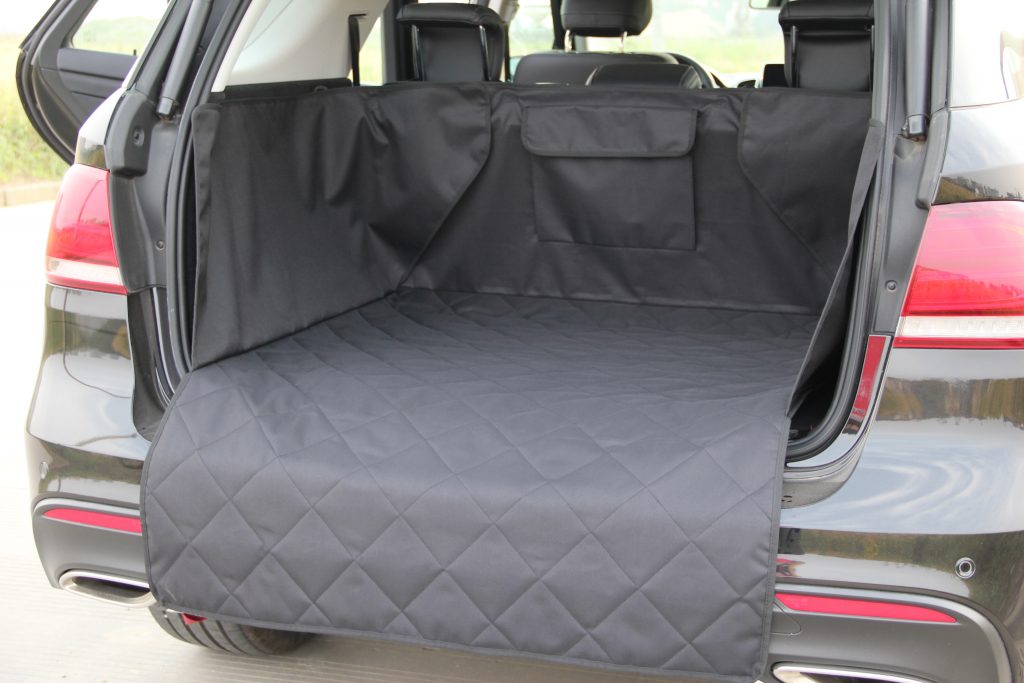
When you go out for road trip or Camping outside, you must get mess up when the dogs get wet or get all the mud or sand when you go back home to camp site, A well make dog suv cargo liner cover is badly needed at this time. you can keep your cargo area clean, only thing you need to do is clean the cargo covers, instead of clean your cars. If you need this click the pics below, you will find what you need a 4 Star rating Amazon choice products for you.